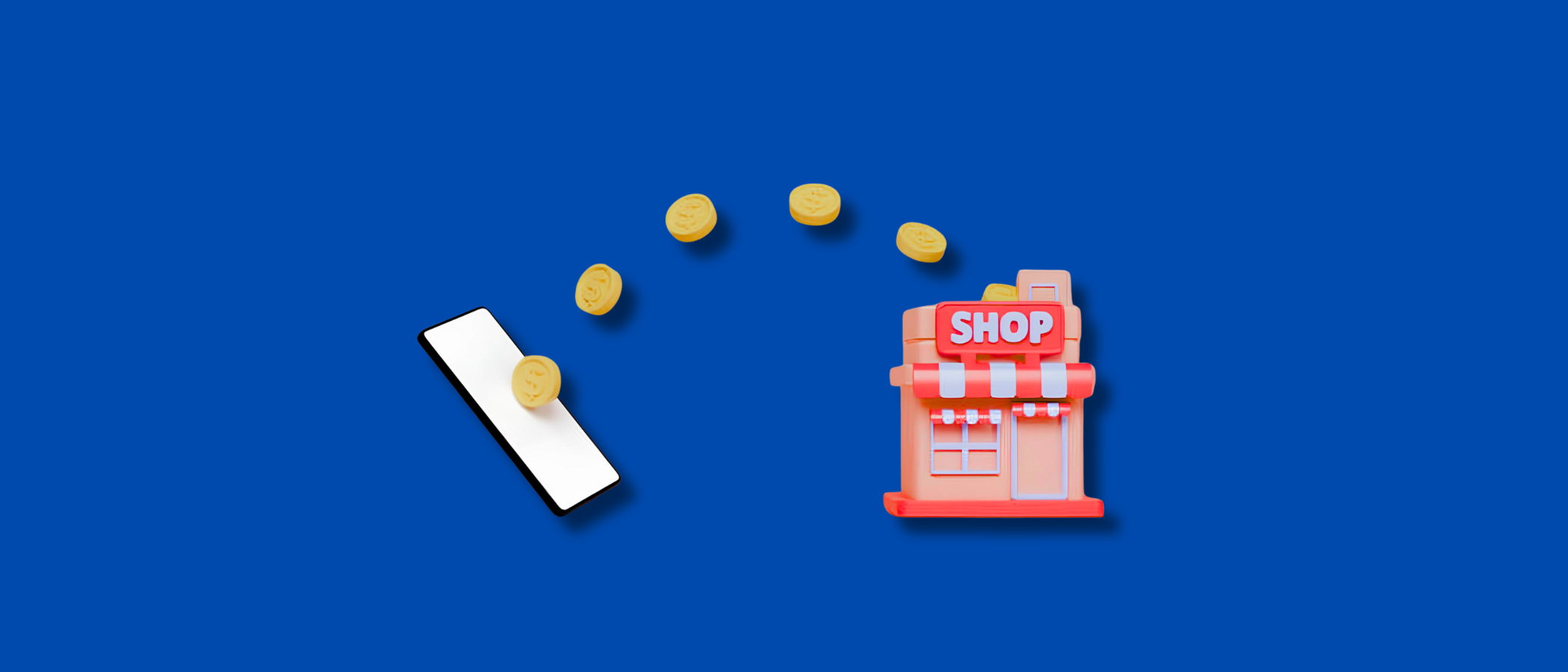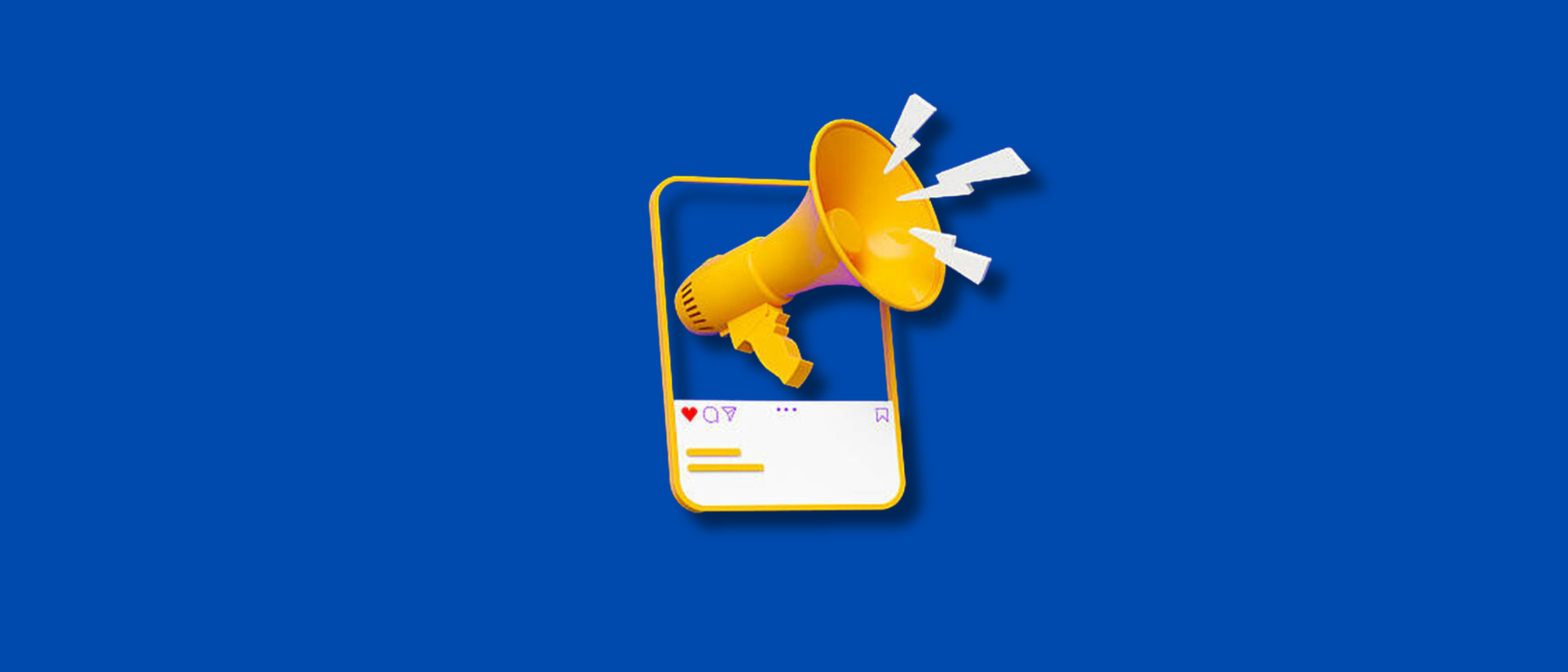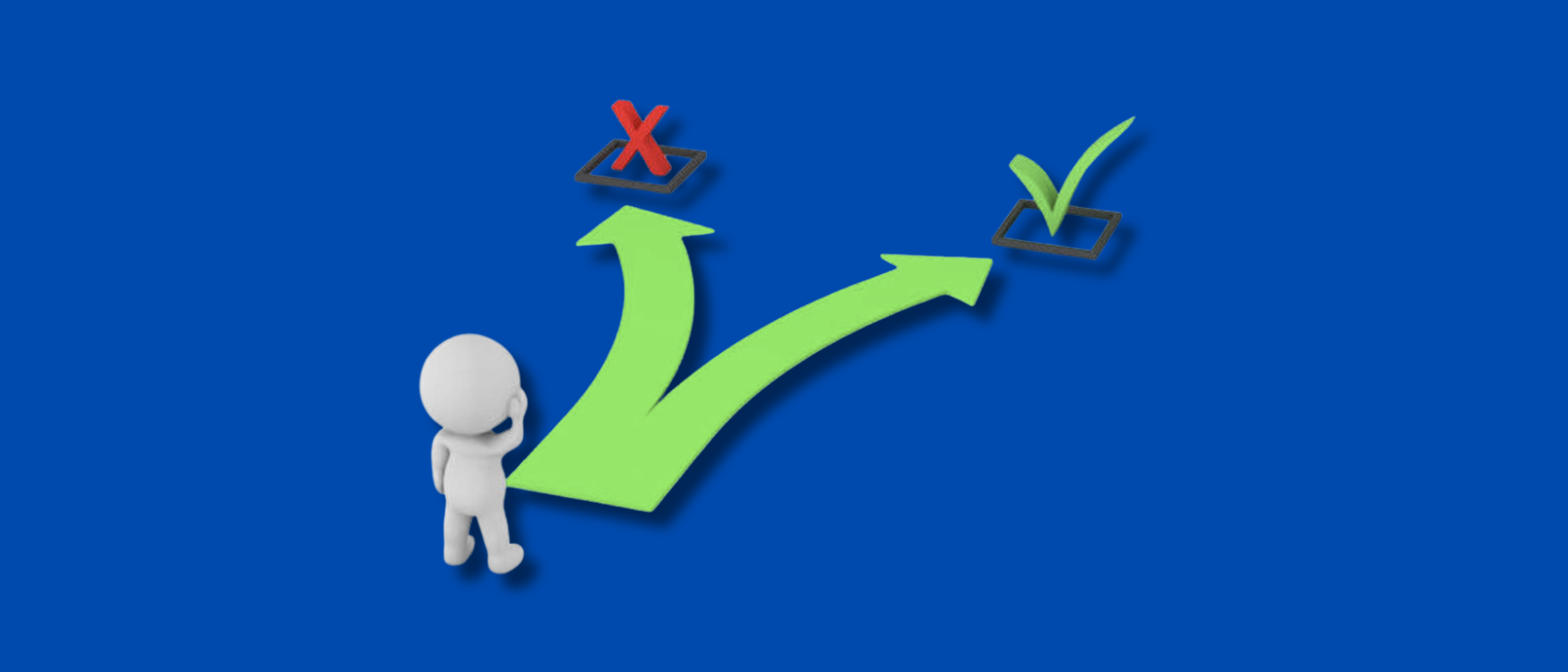Introduction
Have you ever imagined an application that allows you to chat with friends, pay bills, book rides, order food, shop online, and even invest—all without switching platforms.
Sounds like something from the future? Well, the future is already here and is now known as the super app.
But what is a super app, really? And why is everyone from tech giants to startups racing to build one?
Super apps are changing the way we engage with technology by providing multiple services under one platform.
No more juggling between apps—just one powerful tool for almost everything you need.
But just how big is this trend? The numbers speak for themselves:
- The global super apps market was valued at 58.6 billion in 2022 and is projected to skyrocket to 722.4 billion by 2032, growing at an astonishing 28.9% annually (CAGR).
- WeChat, the trailblazing super app from China, is a prime example. Launched in 2011 by Tencent, it’s now the sixth most valuable media brand worldwide, worth over $33 billion—and it all started as a messaging app!
From Grab in Southeast Asia to TeleBirr in Ethiopia, super apps are transforming digital ecosystems across the globe.
In this guide, we’ll break down:
- What defines a super app (beyond just being a “multi-purpose app”)
- Real-world examples (including WeChat, Gojek, and emerging players like Baz Super App)
- How super apps are changing industries—from finance (super digital payments) to travel (super travel app)
- What the future holds (hint: even more consolidation and convenience)
Whether you’re interested in super app development, want to find out how to download a super app, or are just wondering why everybody is talking about super apps, this is the complete guide for you.
Let’s get into it!
What Is a Super App?
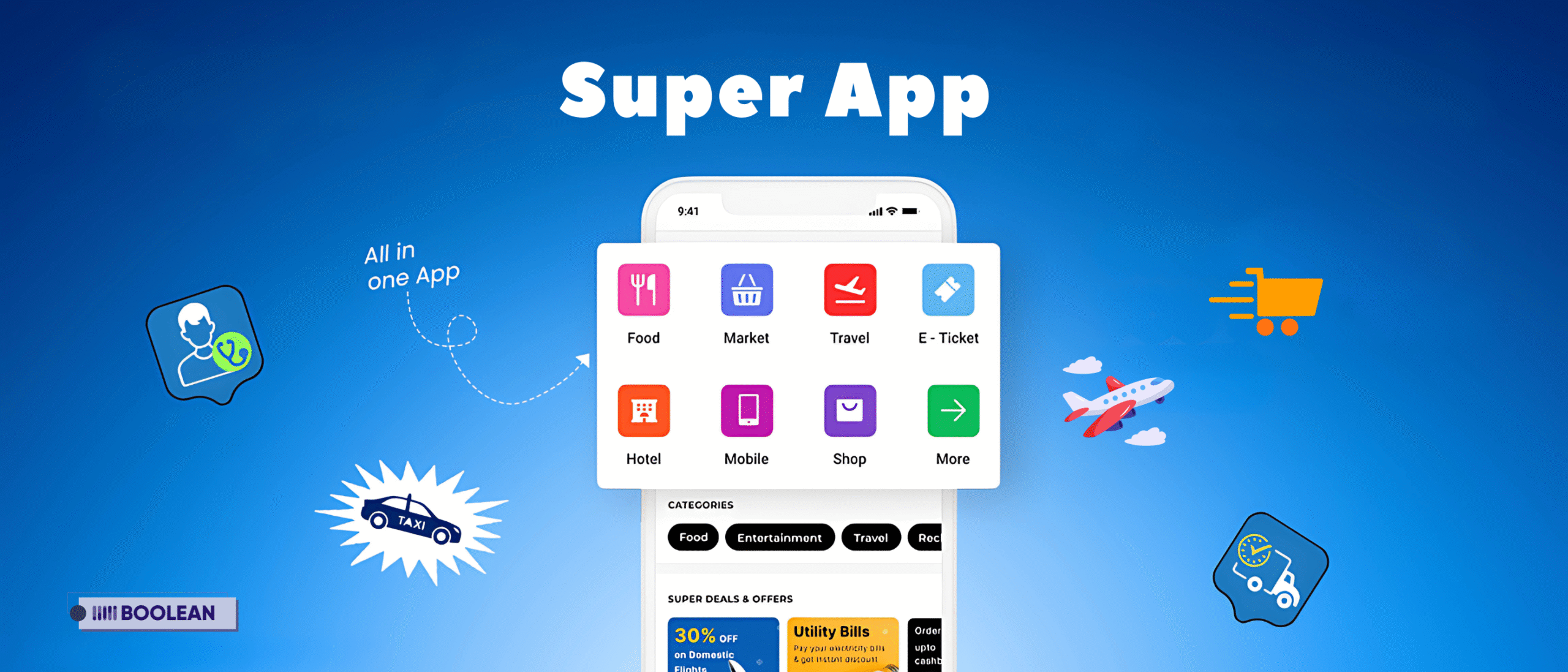
You might have heard talk of “super apps” lately, but what exactly does it mean for an app to be super?
Is that just any other app, just like more stuff? Or is it some altogether niche concept? Let us clarify.
A superapp, also known as a super-app, super app, or SuperApp, is a single consolidated platform comprising several services like messaging, payments, shopping, rides, etc.
The definition of super applications can be quite different from the original understanding of the term.
It facilitates a user’s utilization of various applications without leaving one application to visit another, such as Uber-like apps for rides and apps like Snapchat for messaging.
Think of it like a digital Swiss Army knife: one tool that can perform many different functions.
Key Features of a Super App
- Multi-Service Integration – From super travel app bookings to super digital payments, everything works under one roof.
- Single Sign-On – No need for multiple logins; one account accesses all services.
- Personalized Experience – AI-driven recommendations (like Super Why app for learning or Super Play app for entertainment).
- Scalability – New services (like superannuation apps or knife apps for niche needs) can be added over time.
Real-World Super App Examples
- WeChat (China) – Started as a messaging app, now handles payments, social media, and even government services.
- Grab (Southeast Asia) – Combines ride-hailing, food delivery, and super plus app features like insurance and loans.
- TeleBirr (Ethiopia) – A rising super application for mobile money, remittances, and merchant payments.
- Baz Super App (Middle East) – A one-stop shop for shopping, bill payments, and travel bookings.
A classic example is the telebirr super app in Ethiopia, which combines mobile money with a range of lifestyle services.
Similarly, emerging platforms like Baz Super App and Bazz Super App are gaining traction in different regions.
And then there are niche platforms like the super plus app, super power app, and even playful entries such as the super why app—each catering to different user needs but based on the same core principle: doing more with less.
As Gartner mobile app trends have shown, users today want super digital convenience, especially in a world where time and attention are scarce.
The rise of super apps download requests, and increasing interest in super app development proves this shift is well underway.
Why Are Super Apps Taking Over?
- Convenience – Why juggle 10 apps when one (super power app) can do it all?
- Cost-Effective – Businesses save on development; users save storage space.
- Data Synergy – Your preferences in one service (e.g., super dragon app for gaming) can enhance others (e.g., ads for super apple products).
Super Apps vs. Traditional Apps
| Feature | Super App (e.g., Gojek) | Traditional App (e.g., Uber) |
| Services | Multiple (rides, food, payments) | Single (rides only) |
| User Experience | Unified, seamless | Fragmented (switch apps) |
| Flexibility | Expands (super app development) | Limited to core function |
With giants like Gartner predicting mobile app consolidation, expect more niche super applications (like the mystation app for radio or the bibo app for social networking) to emerge.
The race is on to build the next download super app leader!
How Do Super Apps Work?
Now that you understand what is a super app and what makes it different from the dozens of single-purpose apps on your phone?
Let’s peel back the curtain and explore the tech and strategy powering these digital powerhouses.
- The Core Architecture: Modular but Unified
Unlike standalone apps, super apps are built like a digital ecosystem where:
- A central platform (like WeChat or Grab) acts as the “home base.”
- Mini-programs or plugins (e.g., super travel app for bookings, super digital wallets for payments) operate within the main app.
- Users never leave the super app—everything loads instantly, like switching tabs in a browser.
- Single Identity, Multiple Services
- One login to rule them all: Your profile, payment info, and preferences sync across services (e.g., your Telebirr Super App account works for loans, airtime, and merchant payments).
- Cross-service data sharing: Order food via GrabFood, and the app suggests ride-hailing discounts—thanks to integrated AI.
- The Business Model: Partnership Power
Super apps don’t build every feature from scratch. Instead, they:
- Partner with third parties (e.g., Baz Super App integrates local retailers).
- Take a commission per transaction (e.g., 15% on super travel app hotel bookings).
- Upsell premium features (e.g., super dragon app gaming passes).
- Tech Stack: What’s Under the Hood?
- Cloud-native infrastructure to handle millions of concurrent users.
- APIs galore—connecting payment gateways (super digital), mapping tools (super travel app), and more.
- AI-driven personalization (e.g., a super play app recommends songs based on your ride-hailing routes).
- Real-World Flow: How a User Interacts
Let’s say you open Gojek (Indonesia’s top super app):
- Ride-hailing: Book a scooter to work.
- Payments: Use GoPay (it’s a super digital wallet) at a coffee shop.
- Shopping: Order groceries via GoMart—all without closing the app.
- Challenges They Solve (That Standalone Apps Can’t)
- Storage space: No need to install 20 separate apps (super app download replaces them).
- Fragmented loyalty programs: Earn and redeem points across services (e.g., super plus app rewards for both rides and food).
- Discovery: Find new services (like the mystation app for radio) within the ecosystem.
Why This Matters for the Future
As Gartner predicts, by 2027, 50% of global consumers will use multiple super apps daily.
Whether it’s the Bibo App for social networking or the Super Dragon App for gaming, the line between “app” and “operating system” is blurring.
How to Build a Successful Super App
Creating a super app isn’t just about packing features—it’s about solving real problems in a seamless, addictive way.
Think of WeChat, Grab, or Gojek: they didn’t become giants overnight. They followed a strategic roadmap. Here’s how you can do it too.
- Find Your Niche: Who Needs Your Super App?
Start by answering:
- What frustrates people about using multiple apps? (e.g., juggling food delivery, payments, and ride-hailing separately).
- Which user group is underserved? (e.g., small merchants needing an all-in-one super digital tool).
Pro Tip:
Study markets where super apps thrive (Asia, Africa) and adapt lessons to your region.
Example: Telebirr Super App succeeded by focusing on Ethiopia’s unbanked population.
- Conduct Market Research
Before coding, investigate:
- Competitors: What’s missing in apps like Baz Super App or Grab?
- User Habits: Do people prefer mobile payments (super digital wallets) or in-app messaging?
- Tech Trends: Are AI chatbots (like in the Super Why App) expected in your niche?
Avoid This Mistake:
Don’t assume “more features = better.” Prioritize must-haves (e.g., super travel app integrations for Southeast Asia).
- Define Your Superpower (Value Proposition)
Your app’s core promise should be crystal clear:
- “One app for all urban mobility” (like Super Plus App).
- “Pay, save, and invest without leaving the chat” (like WeChat).
Test Your Idea:
Pitch it in one sentence to strangers. If they don’t get it instantly, refine it.
- Build the MVP: Start Small, Scale Fast
Phase 1: Launch with 2-3 core features:
- Example: A super travel app could start with ride-hailing + payments.
Phase 2: Add services like food delivery (Super Dragon App-style) based on user demand.
Pro Tip:
Use modular architecture so new features (e.g., knife apps for utilities) plug in easily.
- Design an Intuitive User Interface
Users should love navigating your app:
- One-tap actions (e.g., Super Digital wallet payments in 2 clicks).
- Personalized dashboards (e.g., Super Why App tailors learning paths).
- Seamless flows (e.g., book a ride → pay → order food in one session).
- Test and Iterate
- Beta test with 500 users (offer incentives for feedback).
- Fix the biggest gripes first (e.g., slow super travel app bookings).
- Soft launch in one city (like Bazz Super App did in Dubai).
- Market Like You’re Fighting for Attention
Tactics that work:
- Partner with local influencers (e.g., “How I use Telebirr Super App daily”).
- Gamify onboarding (e.g., “Complete 3 tasks, get $5 in your Super Digital wallet”).
- Leverage scarcity: “First 10,000 users get lifetime zero fees.”
- Obsess Over Data (It’s Your Compass)
Track:
- Retention: Are people using your super travel app weekly?
- Stickiness: Do referrals from Super Power App features drive growth?
- Pain Points: Where do users drop off? (e.g., complicated super plus app signup).
- Continuously Improve the App
Super apps must keep innovating:
- Quarterly feature drops (e.g., Super Dragon App added AR gaming).
- Localized services (e.g., Knife Apps for hyper-local needs).
- Partnerships (e.g., Mystation App teaming up with radio networks).
The Hard Truth
Building a super app is a marathon, not a sprint. It takes:
- Heavy funding (WeChat had Tencent’s backing).
- Relentless execution (Grab pivoted from rides to finance).
- Fanatic user focus (Gojek’s drivers love the app).
But if you nail it? You’re not just another app—you’re a daily habit for millions.
Benefits of Using a Super App
Now that you understand what is a super app? and how it is built, let’s look at why users are flocking to them—and why businesses are eager to build them.
A super app is not a tech trend. These apps are redefining interaction with digital services on a level of convenience, integration, and personalization unachievable by any traditional app with a single purpose.
Here are some of the biggest benefits of using a super application:
- All-in-One Convenience
Instead of juggling 10 different apps—one for chatting, one for banking, another for booking travel, and so on—super apps bundle everything into one place.
Whether you’re ordering food, paying your bills, or accessing your superannuation app, it’s all just a tap away.
- Time and Space Saver
Downloading multiple apps eats up storage and time. With a super app, users can reduce clutter on their phones and speed up everyday tasks.
One app, many purposes—this is where the term super purposes comes in.
- Unified Login and Payments
Say goodbye to remembering 10 different passwords. Most super apps use single sign-on (SSO) and an integrated digital wallet to make the process seamless.
Whether you’re using a super travel app, super play app, or even exploring knife apps or niche tools like the mystation app, it all works under one login.
- Personalized Experience
Super apps collect data (ethically, of course) to deliver smarter, more personalized content. Over time, your app learns what you like—whether it’s preferred payment methods, frequent purchases, or travel preferences—and adapts to better serve you.
- Cost Savings
Because you’re doing more in one place, many super apps offer bundled deals, rewards, and promotions that wouldn’t be possible if those services were separate. That makes everything—from commuting to shopping—a little more affordable.
- Security and Trust
With a reputable super app, you’re not scattering personal data across dozens of platforms. Centralized services mean fewer points of vulnerability.
Plus, with enhanced encryption and user authentication, these apps are often more secure than using several third-party platforms.
Whether you’re downloading your first baz super app, checking out super app examples, or exploring tools like the Gartner app, one thing is clear: super apps are built with the user in mind. They save time, reduce hassle, and offer a smoother digital lifestyle.
Real-World Examples of Super Apps
We’ve discussed quite a bit about what is a super app, how it works, and its benefits. Now let’s bring to life some real-world examples – platforms that have turned into a part of the everyday life of millions (even billions) of people.
Let’s start with all the super apps:
- WeChat (China)
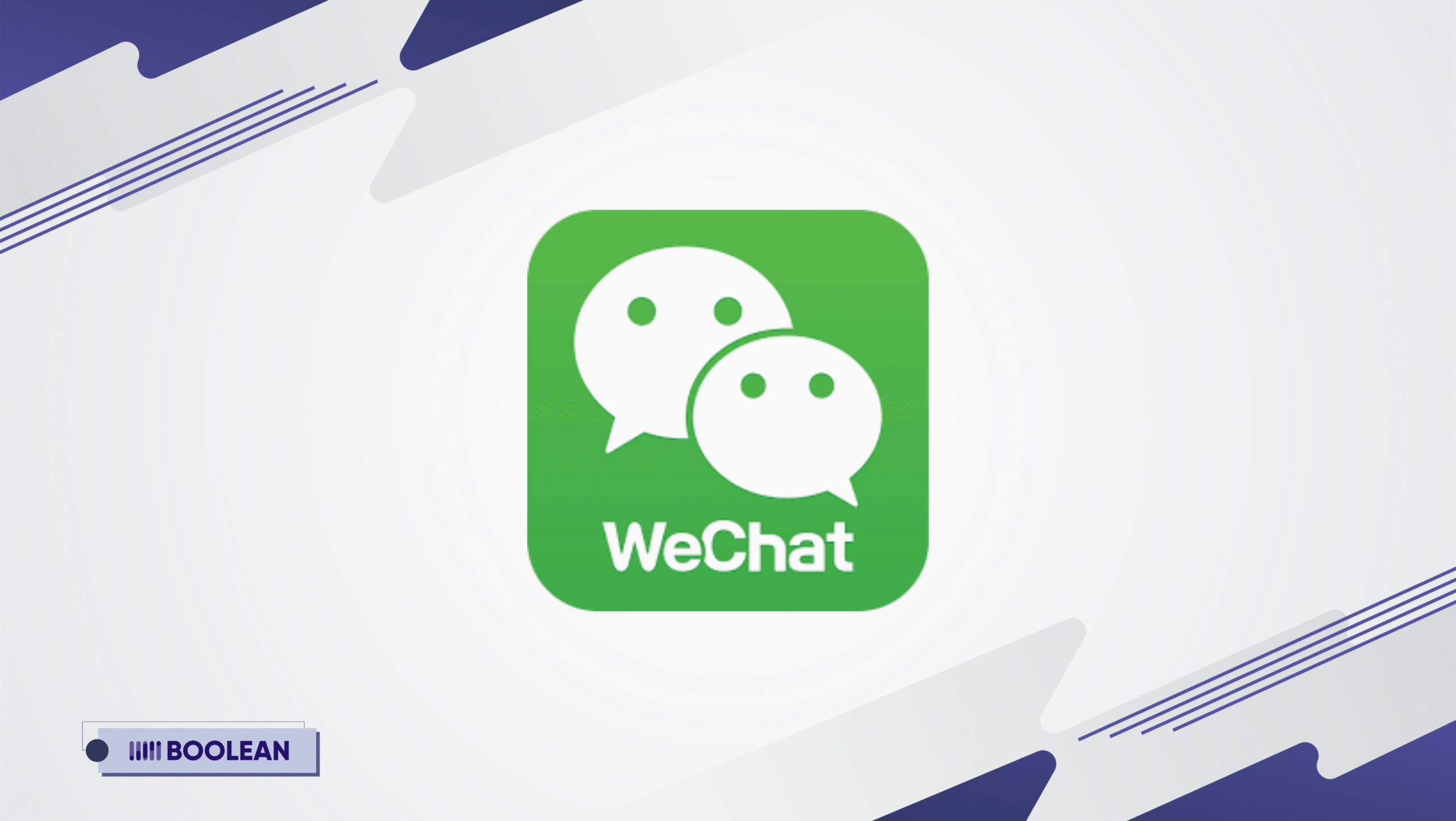
WeChat is developed by Tencent. Launched in 2011 as a basic messaging app, WeChat ballooned into a digital goliath.
Today, WeChat covers everything from social media and news feeds and mobile payment systems, e-commerce, and even government services.
With over 1 billion active users, WeChat is more than an app, it is now a way of life in China. Most users of WeChat in China use WeChat for just about everything, from making doctor appointments, to paying their utility bills.
- Grab (Southeast Asia)

Originally launched as a ride-hailing service, Grab has expanded into food delivery, digital payments, insurance, and even hotel bookings.
It’s now a go-to super travel app and lifestyle platform across Southeast Asia.
Grab’s strength lies in localizing its features to meet the needs of users in countries like Singapore, Malaysia, and Indonesia.
- Gojek (Indonesia)

Gojek began as a bike-taxi service and quickly grew into one of Indonesia’s largest super apps.
Today, users can order food, pay for services, stream content, and even book massages at home. It’s a perfect example of how understanding local user behavior can lead to explosive growth.
- Paytm (India)
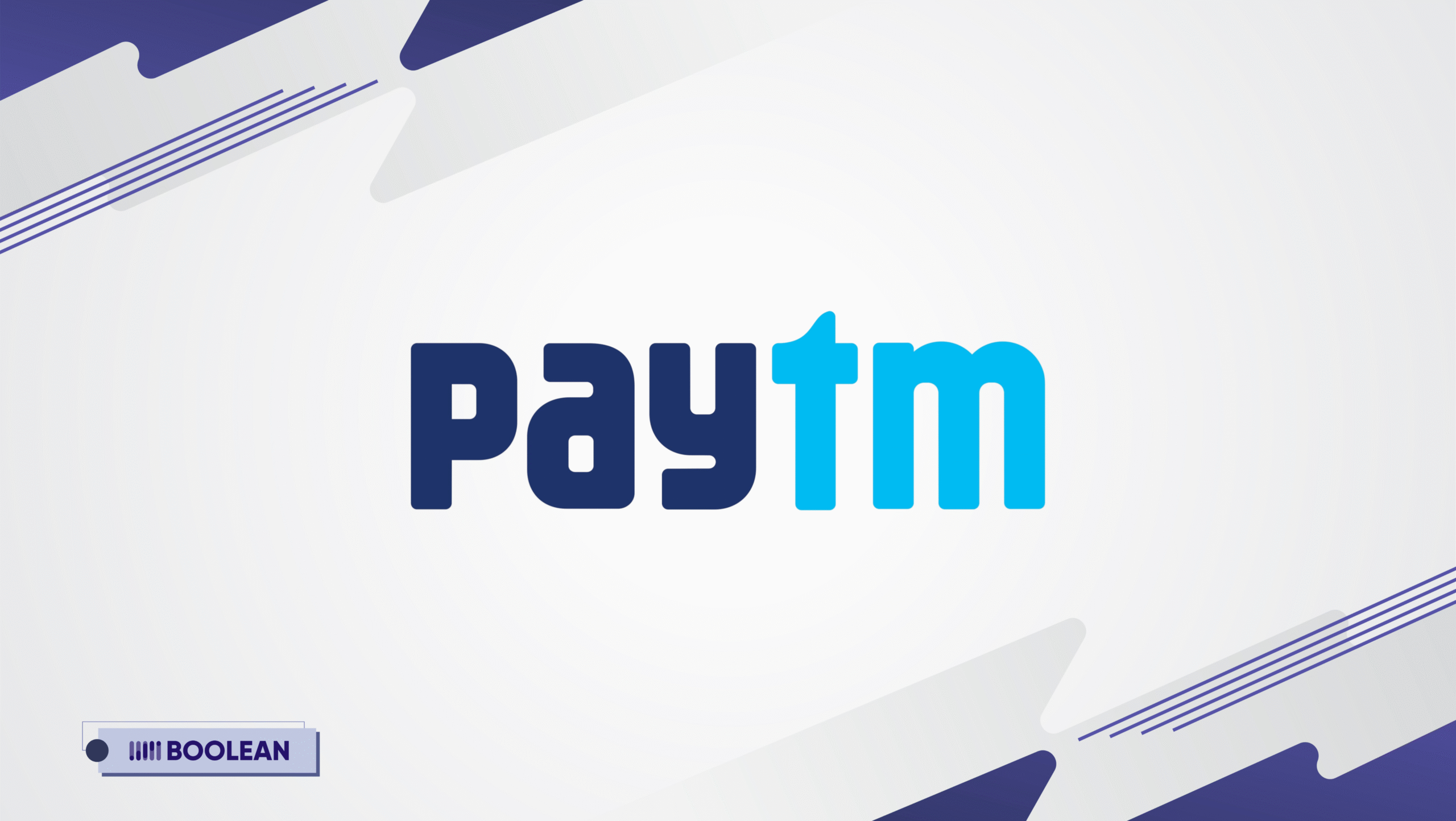
What started as a mobile wallet app has become one of India’s leading super apps.
Paytm now offers financial services, ticket bookings, shopping, bill payments, and more. It’s particularly strong in the fintech space, appealing to users looking for secure, fast, and flexible digital payments.
- Alipay (China)
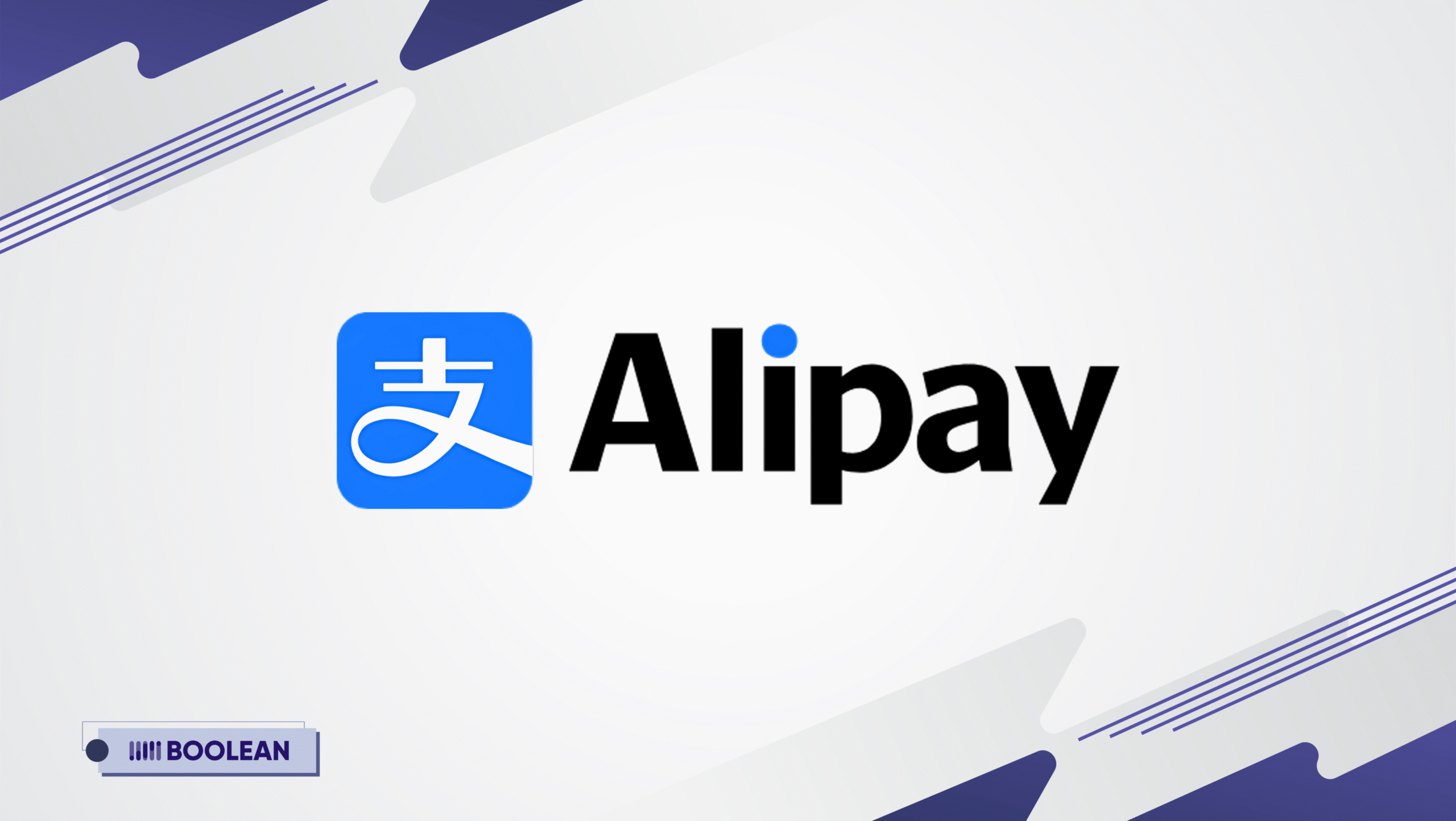
While originally built for online payments, Alipay has grown into a broad lifestyle platform, offering services such as wealth management, travel booking, utility payments, and even COVID-19 health codes.
It’s another standout super app example showing how fintech can be a strong foundation for expansion.
- Telebirr Super App (Ethiopia)
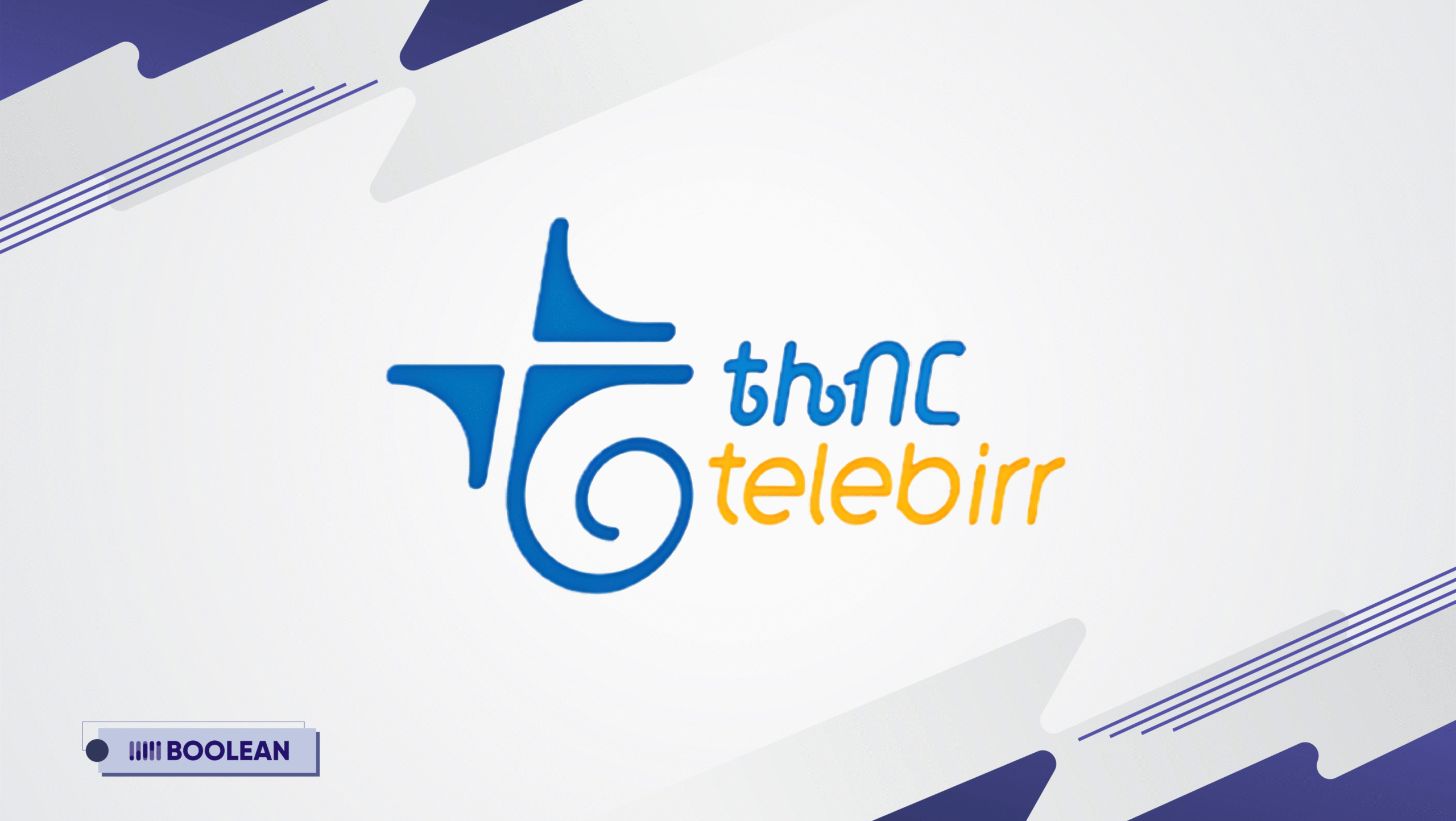
One of the newer players on the global stage, Telebirr is a rising super digital app in Ethiopia.
Created by Ethio Telecom, it combines mobile money with services like utility payments, airtime purchase, and local business transactions—bringing digital inclusion to a market with high growth potential.
- Baz Super App / Bazz Super App
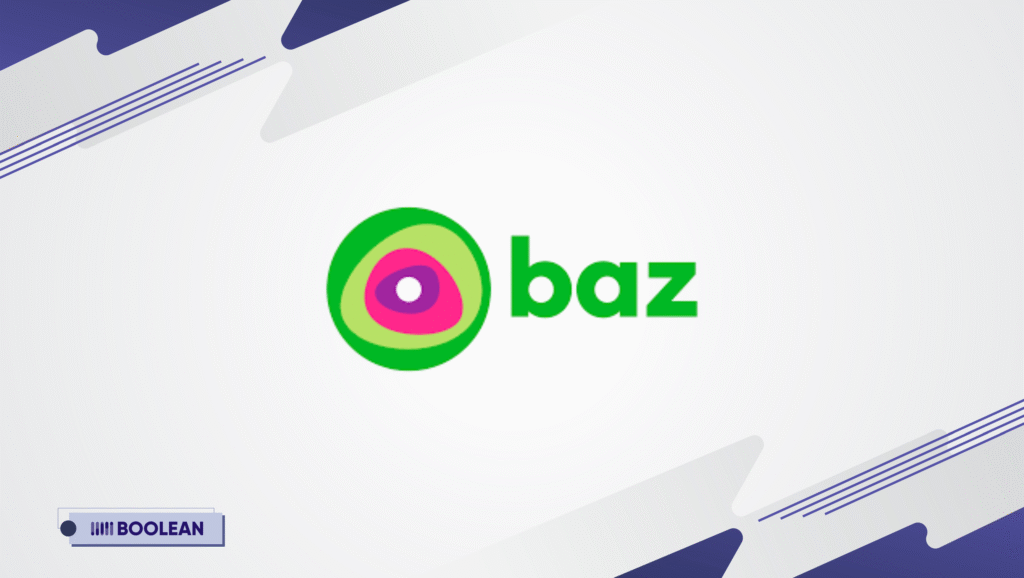
Emerging in select markets, Baz Super App (also spelled Bazz Super App) is a promising platform aiming to provide a wide mix of lifestyle, financial, and communication tools within one interface.
As more countries look to replicate the WeChat model, platforms like Baz are gaining ground.
These examples prove that the super app model isn’t limited to China—it’s a global movement.
Whether it’s through digital wallets, transport, healthcare, or social media, super applications are helping users manage daily life in one place. And as user demand for super apps download grows, expect even more innovation to follow.
While the U.S. hasn’t adopted super apps on the same scale as Asia, several platforms are evolving in that direction.
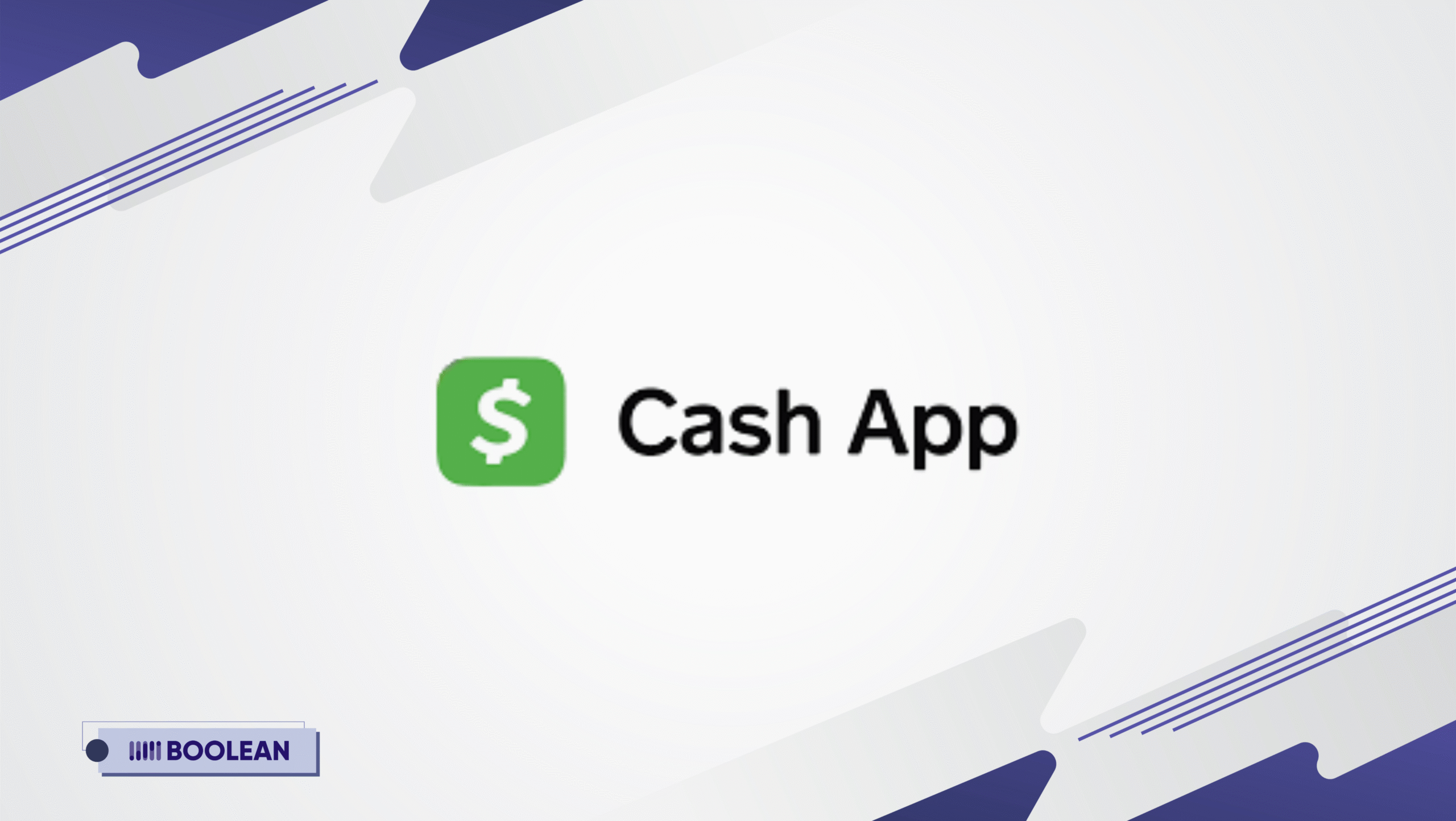
Developed by Block, Inc. (formerly Square), Cash App started as a simple peer-to-peer payment tool but has since grown into something much bigger.
Users can now buy stocks, trade Bitcoin, file taxes, and even use a customizable debit card—all within the app. While it’s not a full-scale super application like WeChat, it’s one of the closest U.S. equivalents, steadily expanding into fintech and lifestyle services.

Yes, Facebook itself is edging toward becoming a super app. With features like Messenger, Facebook Marketplace, live streaming, content creation, and now integrated payments and shopping through Meta Pay, it’s become more than just a social media platform.
Combine that with WhatsApp and Instagram, and Meta is quietly building a multi-service digital ecosystem.
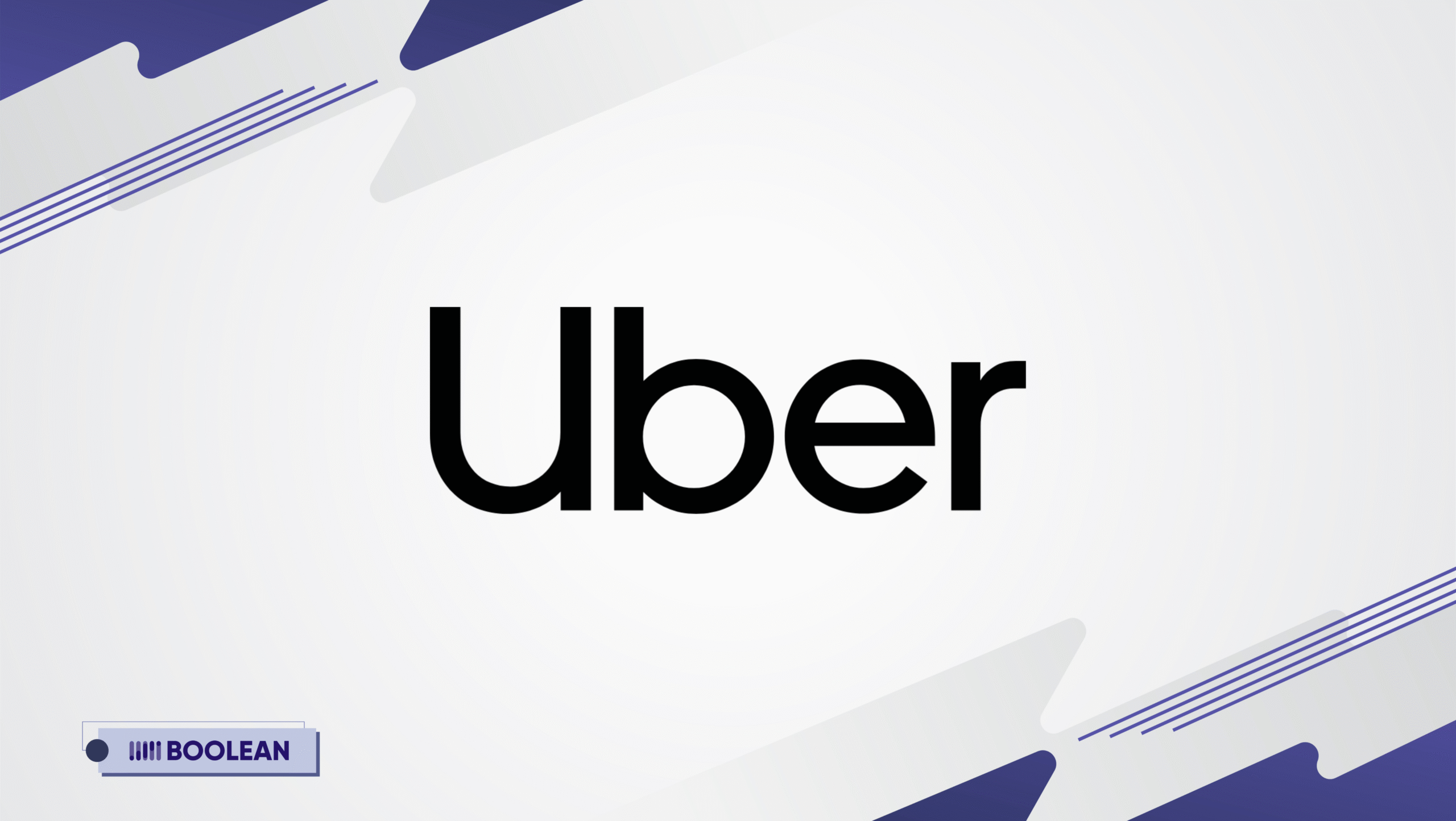
Originally a ride-hailing app, Uber has evolved into a broader lifestyle platform.
Today, it’s not just for rides—users can order food via Uber Eats, schedule package deliveries, rent bikes or scooters, and even make reservations at restaurants or events.
While still service-specific, Uber is on the path toward a super travel app experience, especially in urban areas.
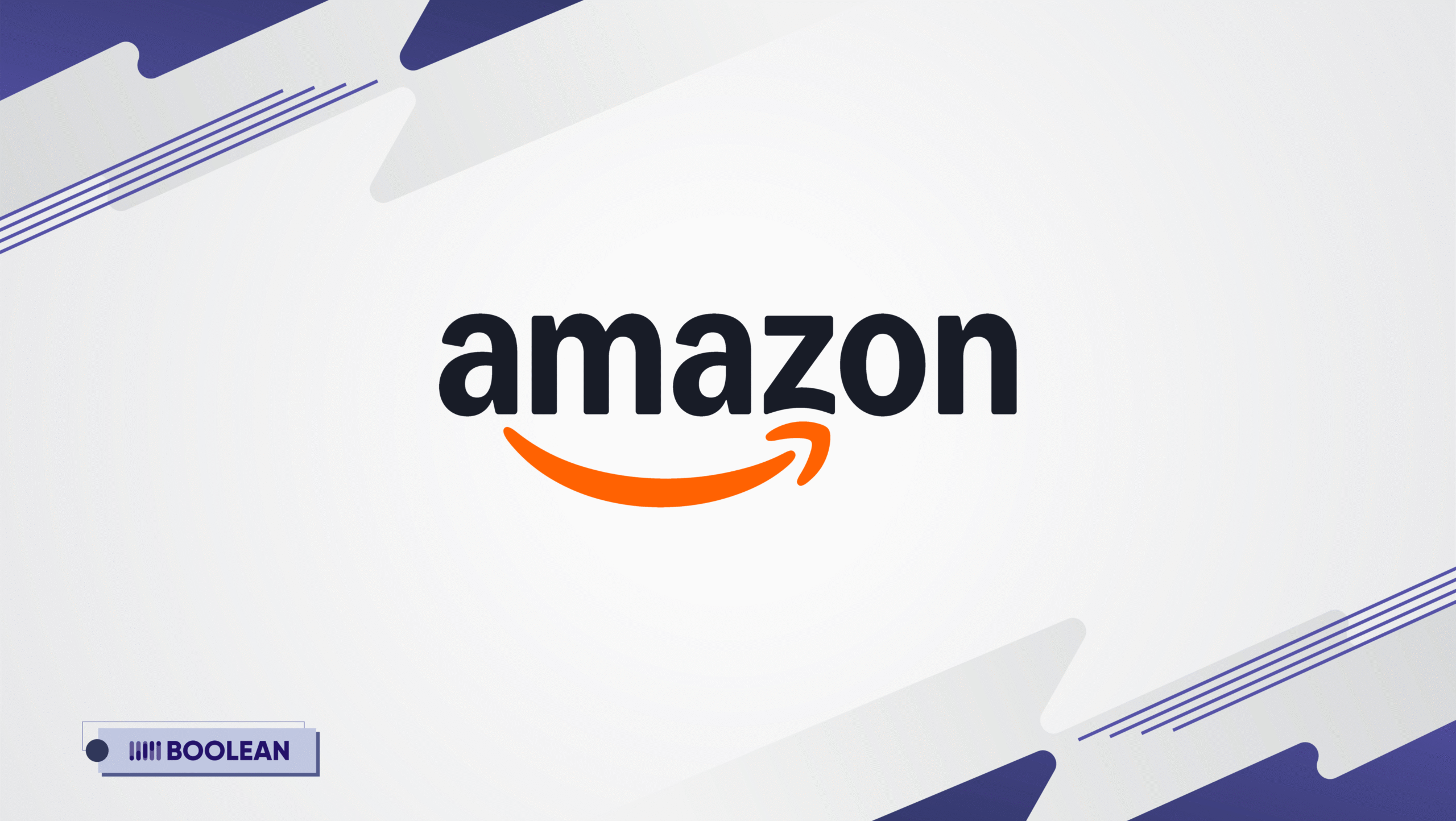
While not a super app in the traditional sense, Amazon functions like one for e-commerce.
With a single account, users can shop, stream video, listen to music, manage subscriptions, store photos, and even access smart home services.
It’s not mobile-first like many super apps, but Amazon’s deep ecosystem mirrors the super purposes concept: convenience through centralization.
Although the U.S. does not have one super app, some companies are in the process of bundling services together, building ecosystems, and developing frictionless experiences.
As user needs increase, we will likely see a true American super app emerge.
The Dark Side of Super Apps: Privacy Concerns and Monopoly Risks
Super apps enable users to bundle activities in the digital world in unprecedented ways that promote convenience. They also provide questions on the side of data privacy and concentration of market power.
Super apps will collect all types of data from their users—location information, spending habits, communication, health information, and anything else that can be gathered, all in one digital space.
The idea is this can provide a personalized experience to the user, but at the same time makes them more vulnerable if the data is compromised or abused.
For people wondering “what is a super app” from a privacy standpoint, it’s a powerful tool that can either simplify life or centralize risk.
There’s also the issue of monopolies. When one platform controls communication, payments, shopping, and services, it can stifle competition and innovation.
Critics argue that this level of dominance, seen in apps like WeChat, may limit consumer choice and give companies too much influence over user behavior and public discourse.
How to Use Super Apps Safely: Smart Privacy Tips
Super apps make life easier—but at what cost to your privacy? Here’s how to enjoy their convenience without handing over your digital life:
- Lock Down Permissions
- Audit app access: Disable unnecessary permissions (e.g., why does your super travel app need contacts?).
- Use “Only While Using” for location/data access.
- Isolate Financial Activity
- Avoid linking all accounts: Use a separate bank account/card for super digital payments.
- Enable transaction alerts for suspicious activity.
- Control Social Exposure
- Limit personal data in profiles (e.g., fake birthdays on Telebirr Super App).
- Turn off “Find Friends” features that scan contacts.
- Stay Updated
- Patch vulnerabilities fast: Super apps are hacker magnets—always update.
- Watch for sketchy mini-programs (WeChat’s third-party apps can be risky).
- Know Your Exit Plan
- Export data regularly (in case you need to ditch the app).
- Use alternatives for sensitive tasks (e.g., encrypted messaging outside super apps).
Pro Tip: If an app demands intrusive access just to function, ask: “Is this convenience worth my privacy?”
Conclusion
Super apps have redefined digital convenience, offering everything from messaging to payments in one seamless experience.
We’ve explored what is a super app, from industry giants like WeChat and Grab to rising stars like Telebirr and Baz Super App. These platforms prove that users crave simplicity, but their dominance also raises critical questions about privacy, competition, and data security.
As super app development accelerates globally, expect:
- Hyper-localized versions (e.g., super travel apps for regional transport).
- Tighter regulations (GDPR-style rules for super digital data).
- More niche players (like superannuation apps for retirement planning).
Super apps are here to stay—but whether they become indispensable tools or unchecked monopolies depends on how they balance power with user trust.
Your Move:
- Download a super app that fits your needs (Grab for travel, Telebirr for payments).
- Stay vigilant—use privacy settings and demand transparency.
The bottom line? Super apps are changing the game. Play smart.
FAQs
- What is a super app, and how does it differ from a regular app?
A super app is a platform that encompasses many services – messaging, payments, shopping, travel, and other services – within the application. A super app differs from a regular app because a regular app provides a function. Super apps provide a digital one-stop shop for our everyday needs.
- What are some examples of popular super apps?
Popular super apps that people use include WeChat (China), Grab (Southeast Asia), Gojek (Indonesia), Paytm (India), and Cash App (USA). Super apps can provide a variety of services from financial tools to entertainment all from one app.
- Is it safe to use a super app with my data?
Super apps can be secure, but since they collect large amounts of personal data privacy can be a risk. Always use an app developed by a known-developer, be aware of the permissions you are granting, check for encryption or authentication before sharing sensitive information.
- Can I make a super app?
Yes, you can make a super app but you will need to plan for your super app, develop a target audience, and have sufficient technical infrastructure. You will need to integrate APIs, mini-apps, payment solutions, and user experience with the path to growing your app. Start with one feature and grow from there.
- Are super apps available for download globally?
Some super apps download options are globally available, while others are region-specific. For example, Baz Super App may be limited to certain markets, while platforms like Facebook or Amazon offer super app-like features worldwide.



